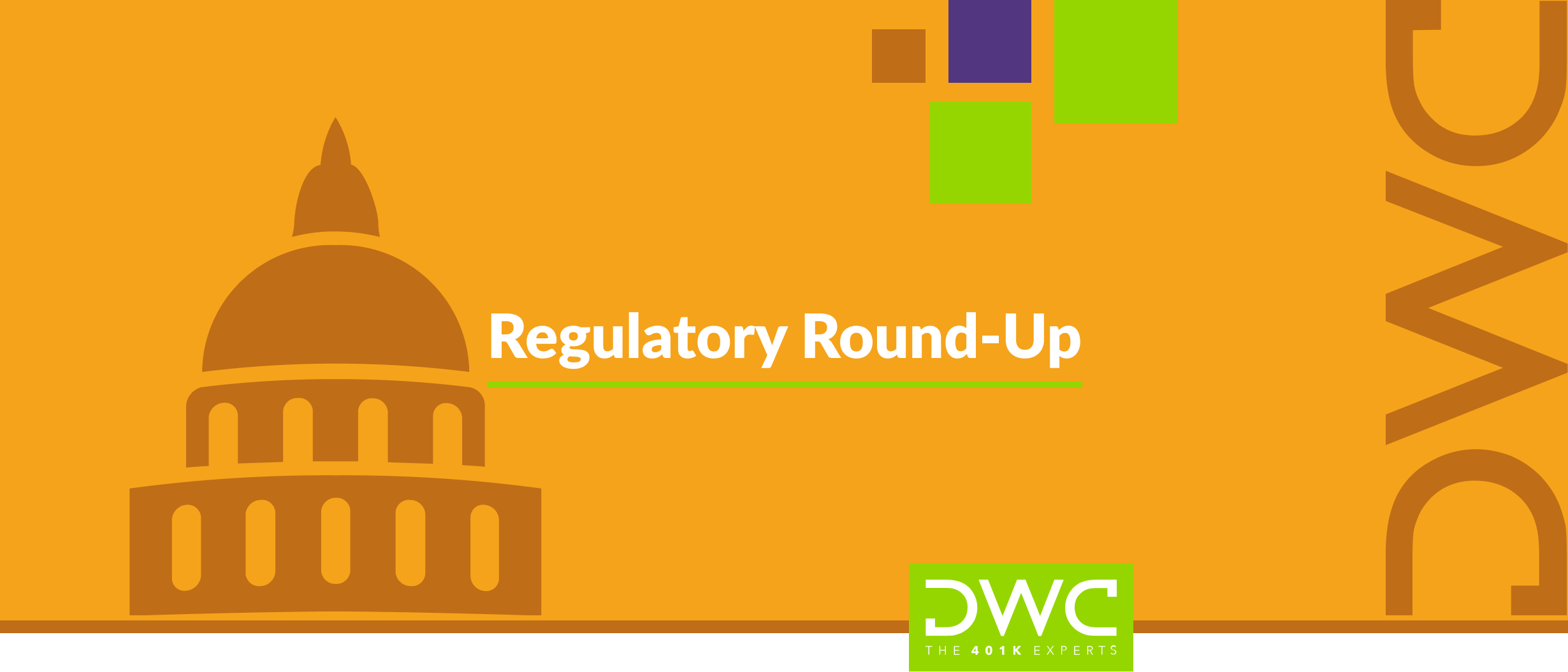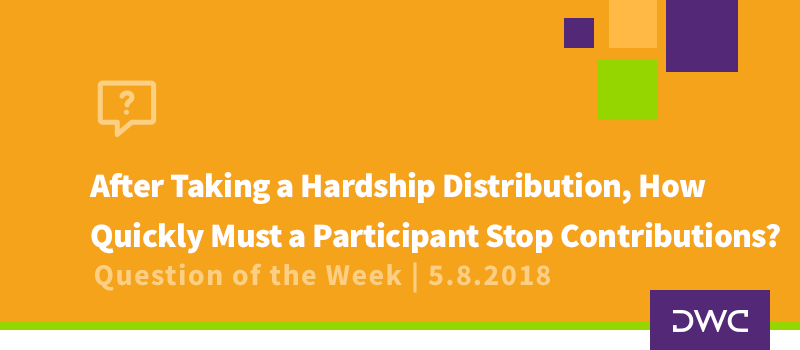
Self-Correction of Participant Loans – The IRS Gave & DOL Confirms What it Took Away
Earlier this week, the Department of Labor published the first update to its Voluntary Fiduciary Correction Program (VFCP) in nearly 20 years. Probably the most newsworthy change is the creation of what they call a “self-correction” option for late deposits of employee deferrals. Check out our post here for insight into why we put self-correction in quotes.
Setting The Stage
Unlike the IRS correction program that provides for correction of a broad cross-section of errors and allows for a considerable amount of flexibility in the correction methods used, VFCP is limited to certain specific errors, and it’s basically the DOL’s way or the highway in terms of methodology. They are not being rigid and inflexible just because; there are provisions under ERISA that kind of force their hand in that regard.
That brings us to the topic at hand – participant loan errors. Loans fall under the purview of both IRS and DOL, so an error requires a correction that satisfies both agencies. In a seemingly rare instance of the two playing nicely in the sandbox, previous iterations of VFCP said the DOL would accept loan corrections submitted to and approved by the IRS under its correction program (called the Employee Plans Compliance Resolution System or EPCRS). A plan sponsor need only send the DOL a copy of the IRS approval letter, and DOL would issue an approval letter of its own.
That was when the IRS required loan corrections to be formally submitted for approval. However in 2019, the IRS amended EPCRS to allow for the self-correction of many types of loan errors…true self-correction, the kind that doesn’t require submitting anything for approval. Given that loans errors are among the most common, often involve relatively small dollar amounts, and that filing for IRS approval was time-consuming and expensive, this was widely viewed a very positive change.
We walk through the correction process here. That is an older post, but other than the IRS now giving more time to self-correct, the process is still the same.
New Electronic Submission Requirement
Another difference between the IRS and DOL correction programs is that those same ERISA provisions that limit DOL flexibility also limit their ability to accept a correction without some sort of formal filing. You can probably guess where this is going.
The previous version of VFCP (the one that said to simply send in the IRS approval letter) was published in 2006 - 13 years before the IRS allowed loans to be self-corrected. In its 2019 update, the IRS did note that DOL told them formal approval letters were off the table for self-corrected loans, but we haven’t really heard anything directly from DOL on the matter. Anecdotally, they seem to have gone with more of a “no harm, no foul” approach with respect to self-corrected loans.
The new and “improved” (there are those quotes again) VFCP leaves little ambiguity with respect to loan errors that are self-corrected via EPCRS. To obtain DOL relief, a plan fiduciary must now use DOL’s new online web portal to submit information about the correction. To be clear, the information to be submitted isn’t especially onerous; however, compiling the required supporting documentation is pretty much just as time-consuming as preparing a full-blown approval application. Here is a quick list of what’s required.
- Contact information for the party making the correction (usually someone at the plan sponsor);
- Plan name;
- Plan sponsor EIN and 3-digit plan number;
- Type of loan failure (e.g. exceeded limit, missed payments, etc.);
- Loan amount;
- Date the failure was identified;
- Date of correction;
- Method of correction (e.g. reamortization, etc.);
- Number of participants affected; and
- Completed record retention checklist with signed penalty of perjury statement.
Where Do We Go From Here?
We really don’t have any way to know for sure how stringently the DOL will enforce this new requirement. They could certainly continue on a trajectory similar to what we’ve seen and heard since 2019 – no harm, no foul as long as the error is self-corrected pursuant to EPCRS. Alternatively, they could take a much heavier handed approach in assessing penalties for loan errors that are not submitted to them.
Of course, the best solution is diligence in maintaining participant loans so that there are no errors to correct. We know…with all the moving parts, that is sometimes easier said than done. If you do find yourself with a well-intentioned foot fault on a participant loan, give us a call. We’re glad to work through the situation with you.

















